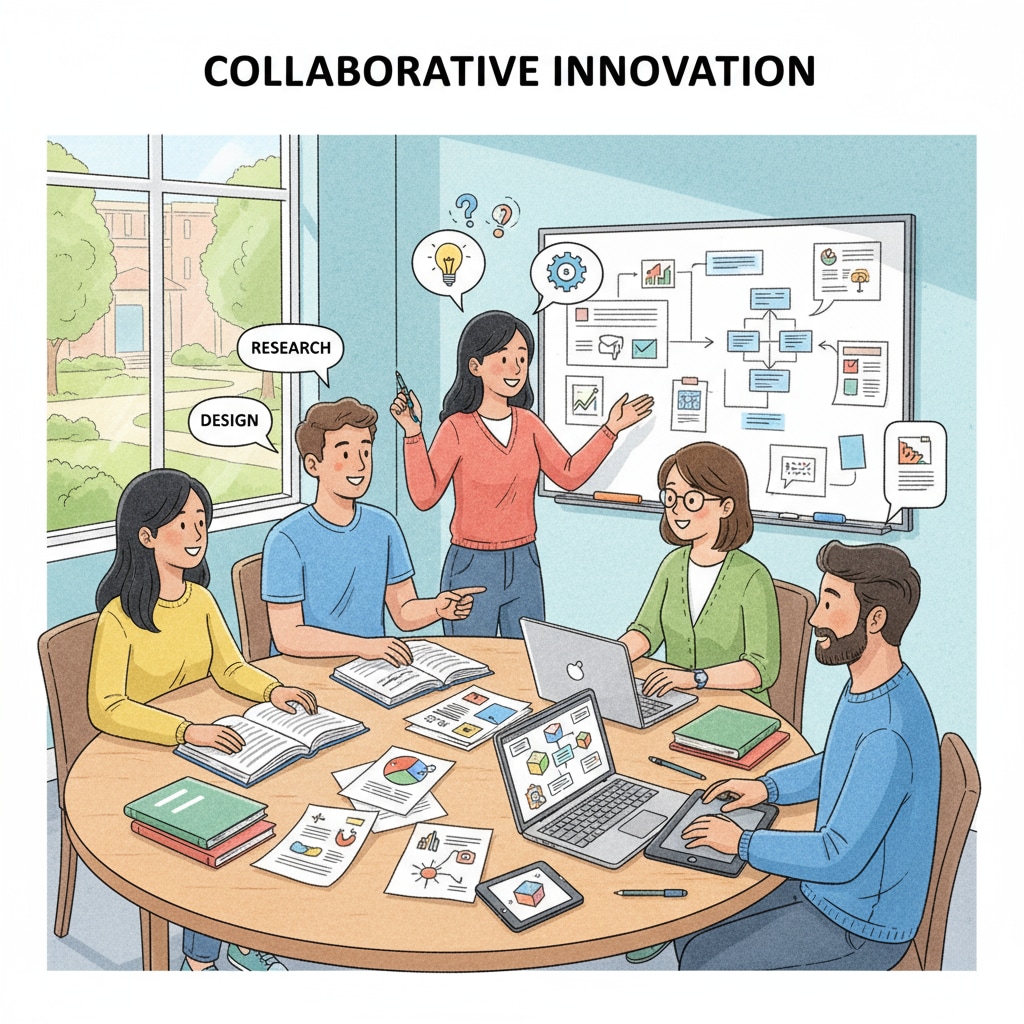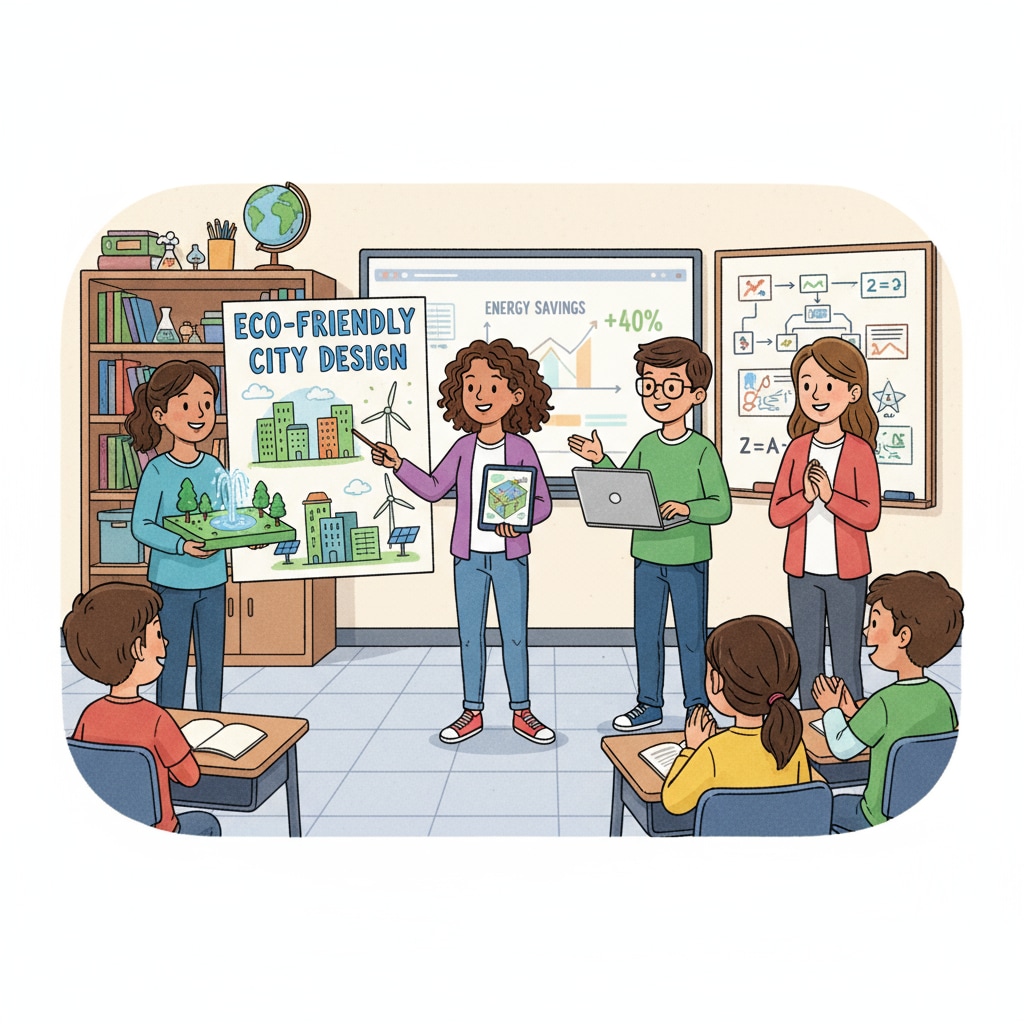In the realm of K12 education, the search for effective homework alternatives, project-based learning, and flipped classroom models has gained significant momentum. As educators strive to reduce students’ burden while enhancing learning outcomes, these innovative strategies are emerging as game-changers. For example, project-based learning encourages students to engage in real-world projects, fostering critical thinking and problem-solving skills. Let’s explore these strategies in detail.

The Rise of Homework Alternatives
Traditional homework has long been a staple in education, but it often comes with drawbacks. Many students feel overwhelmed by the volume of assignments, leading to stress and burnout. Therefore, educators are seeking alternatives that can achieve the same learning objectives without the excessive burden. These alternatives focus on active learning and student engagement. For instance, some schools are implementing hands-on activities instead of traditional worksheets.
Unleashing the Power of Project-Based Learning
Project-based learning is a dynamic approach that involves students in extended projects. They work on tasks that mirror real-life situations, promoting deep understanding. In a project about environmental conservation, students might conduct research, develop solutions, and present their findings. This not only enhances their academic knowledge but also improves teamwork and communication skills. As a result, students become more motivated and invested in their learning. Project-based learning on Wikipedia

The Flipped Classroom Model
The flipped classroom flips the traditional teaching model. Students watch instructional videos at home and engage in discussions and hands-on activities during class time. This allows for more personalized learning, as teachers can provide one-on-one support. For example, a math teacher can create video lessons for students to review concepts at their own pace. Then, in class, students can work on challenging problems with the teacher’s guidance. Flipped classroom on Britannica
In conclusion, the adoption of homework alternatives, project-based learning, and flipped classroom models in K12 education is a step towards a more student-centered and effective learning environment. These strategies have the potential to transform the way students learn and reduce the unnecessary stress associated with traditional homework.
Readability guidance: Short paragraphs and lists are used to summarize key points. Each H2 has a related list or explanation. Passive voice and long sentences are controlled, and transition words are added throughout the text for better flow.


